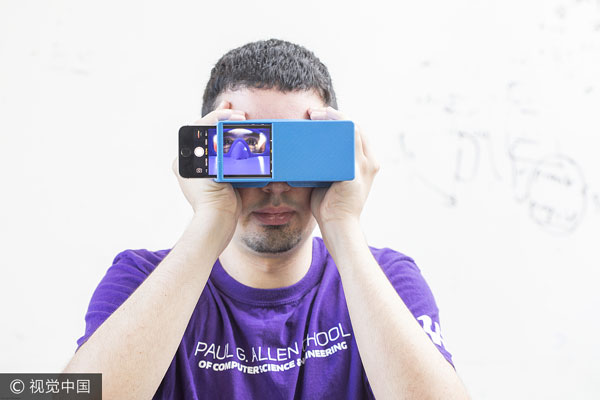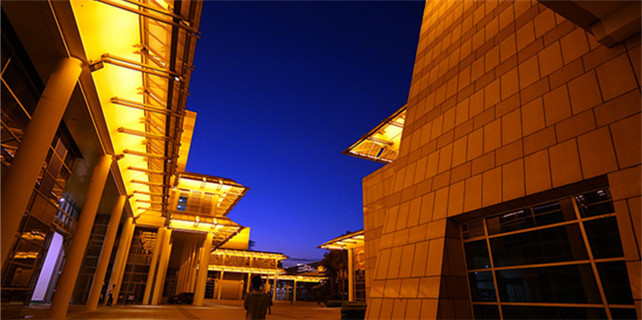New app to use smartphone selfies to screen for pancreatic cancer
 |
|
The app, BiliScreen, uses a smartphone camera, computer vision algorithms and machine learning tools to detect increased bilirubin levels in a person's sclera, or the white part of the eye. [Photo/VCG] |
SAN FRANCISCO - University of Washington (UW) researchers are developing a software application, or app, to allow people to screen for pancreatic cancer and other diseases by snapping a smartphone selfie.
With a five-year survival rate of 9 percent, pancreatic cancer has one of the worst prognoses in part because there are no telltale symptoms or non-invasive screening tools to catch a tumor before it spreads.
The app, BiliScreen, uses a smartphone camera, computer vision algorithms and machine learning tools to detect increased bilirubin levels in a person's sclera, or the white part of the eye.
One of the earliest symptoms of pancreatic cancer, as well as other diseases, is jaundice, a yellow discoloration of the skin and eyes caused by a buildup of bilirubin in the blood. The blood test currently in use to measure bilirubin levels is typically not administered to adults unless there is reason for concern.
"The problem with pancreatic cancer is that by the time you're symptomatic, it's frequently too late," Alex Mariakakis, a doctoral student at UW's Paul G. Allen School of Computer Science & Engineering, was quoted as saying in a news release. The ability to detect signs of jaundice when bilirubin levels are minimally elevated could enable an entirely new screening program for at-risk individuals.
"The hope is that if people can do this simple test once a month - in the privacy of their own homes - some might catch the disease early enough to undergo treatment that could save their lives," explained Mariakakis, who as lead author of a paper will present the app at Ubicomp 2017, the Association for Computing Machinery's International Joint Conference on Pervasive and Ubiquitous Computing, in Maui, Hawaii, on September 13.
In adults, the whites of the eyes are more sensitive than skin to changes in bilirubin levels, which can be an early warning sign for pancreatic cancer, hepatitis or the generally harmless Gilbert's syndrome. Unlike skin color, changes in the sclera are more consistent across all races and ethnicities. Yet by the time people notice the yellowish discoloration in the sclera, bilirubin levels are already well past cause for concern.
Wondering if computer vision and machine learning tools could detect those color changes in the eye before humans can see them, the UW team built BiliScreen on earlier work from the university's Ubiquitous Computing Lab, which previously developed BiliCam, a smartphone app that screens for newborn jaundice by taking a picture of a baby's skin. A recent study in the journal Pediatrics showed BiliCam provided accurate estimates of bilirubin levels in 530 infants.
The new app uses a smartphone's built-in camera and flash to collect pictures of a person's eye as they snap a selfie, then calculates the color information from the sclera and correlates it with bilirubin levels using machine learning algorithms.
To account for different lighting conditions, the team tested BiliScreen with two different accessories: paper glasses printed with colored squares to help calibrate color and a 3-D printed box that blocks out ambient lighting. Using the app with the box accessory led to slightly better results.
In an initial clinical study of 70 people, BiliScreen correctly identified cases of concern 89.7 percent of the time.






















